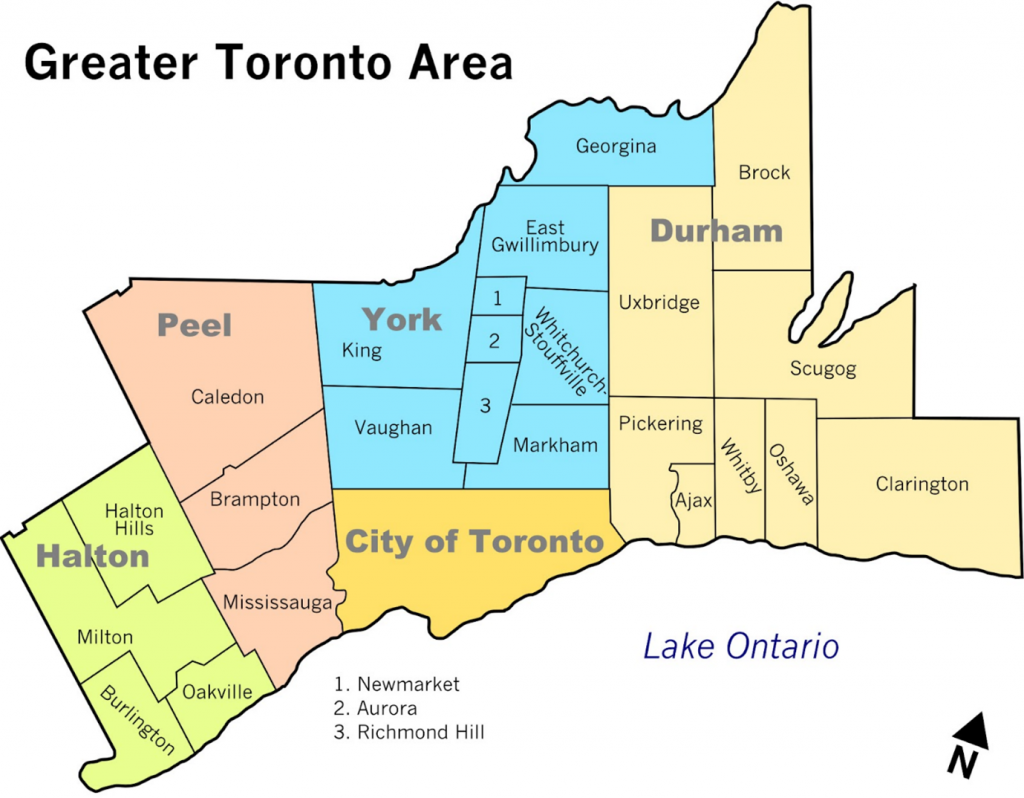The Ultimate Beginner’s Guide to Flipping Houses
Flipping houses can be a lucrative real estate investment strategy if you like the idea of purchasing properties, making renovations and selling them for a profit.
This approach profits from market dynamics, including the rising demand from home buyers and the potential for greater returns. However, success in flipping a house is not always assured, nor is it as simple as buying and selling a home.

Flipping a house involves evaluating financials, choosing the right location, and assembling a reliable team to maximize profitability.
If you wish to be successful in real estate flipping, you must understand the entire process, from a comprehensive home inspection to the house flipping tax in Canada. And that is where this ultimate beginner guide will help—we take you through the essential steps of flipping a house, ensuring you are well-prepared to embark on this venture and succeed.

Table of Content
Evaluate the Financials
- 70% ARV Rule: Ensure overall costs do not exceed 70% of the home’s expected After-Repair-Value (ARV). This includes the purchase price and renovation expenses. If needed, partner with experienced contractors and create a detailed budget that covers most eventualities. Include purchase and selling closing costs, property taxes, insurance, and financing costs.
- Tax Implications: Profits from house flipping are taxable as income, not capital gains, with significant renovations potentially necessitating HST charges upon sale. Effective January 1, 2023, the new rule treats profits from property flips under 365 days as business income, with failure to report resulting in a 50% gross negligence penalty.
- Cost Underestimation: Estimate repair costs using the $20 per sq. ft. rule, adjusting based on the property’s needs. Consult a licensed contractor for a precise quote.
- Financing Options: Explore hard money loans, conventional loans, or a Home Equity Line of Credit (HELOC). Each has its costs and benefits.
- ROI Calculation: Determine the Return on Investment by dividing the profit by total project costs, aiming for a percentage that reflects a successful flip. Calculate ARV using comparable sales within the last 90-120 days. This helps accurately price the property post-renovation.

Choose the Right Location
Choosing the right location is an important cornerstone of success in flipping houses in Ontario. Here are key factors to keep in mind:
- Neighborhood Quality: Look for neighbourhoods known for their high demand among home buyers. Essential elements include easy access to parking, public transportation, grocery stores, schools, and restaurants.
- Liveability: Prioritize areas close to shopping, dining, green spaces, and work. Good schools and safe neighbourhoods are non-negotiable for attracting buyers.
- Market Research: Understand the local market trends, including average days on the market, rent vs. own ratios, and foreclosure rates.

Build a Reliable Team
Building a reliable team can be your trump card when flipping houses in Ontario. Here are the key roles that need to be filled:
- A General Contractor or construction company that manages the renovation, ensuring work is up to code and within budget.
- Real Estate Professionals, such as buy-side realtors, assist in finding properties, while sell-side realtors focus on marketing the flipped property.
- Specialized Contractors and experts, including plumbers, electricians, and stagers – each play a specific role in enhancing the property’s value.
Legal Implications
Navigating the legal implications of flipping houses in Ontario requires a thorough understanding of the rules to avoid common pitfalls. Watch out for:
- Zoning and Permits: Ensure compliance with local zoning laws and obtain necessary building permits. Ignoring these can result in fines or even the forced demolishment of unauthorized constructions.
- GST/HST: A taxpayer might need to charge GST/HST on the sale, depending on the property’s use between purchase and sale. This is often overlooked and can have significant financial implications.
By understanding and adhering to these requirements, investors can mitigate risks and navigate the complexities of flipping houses in Ontario more effectively.
Common Beginner’s Mistakes to Avoid
When flipping houses in Ontario, many beginners may face challenges that can impact the success of their investment. Recognizing and avoiding these common mistakes is crucial:
Financial Preparedness and Planning:
- Aim to buy with cash: Leveraging cash purchases can avoid interest costs and make the buying process smoother.
- Maintain a high credit score: Essential for securing loans with favourable terms if necessary.
- Carefully consider risks: Every investment has its own risks, and thorough analysis is key.
- Don’t overspend on renovations: Keep improvements within the budget and avoid luxury upgrades that don’t match the neighbourhood standard.
Operational Oversights:
- Over-improving the Property: Match the home to the neighbourhood’s top-selling properties without exceeding.
- Forgoing the Inspection: Essential for uncovering potential costly repairs.
- Not Running Good Comps Before Buying: Ensures accurate estimation of the gross return.
- Ignoring the Backyard: A well-maintained outdoor space can significantly boost ROI.
Time, Skills, and Patience:
- Underestimating Time Requirements: Flipping houses is not a quick process; it demands time from scouting to selling.
- Lacking Skills: Professional knowledge in renovation and real estate is invaluable.
- Impatience: Rushing the process can lead to missed opportunities and costly mistakes.
By heeding these guidelines, beginners can navigate the complexities of flipping houses in Ontario more effectively, increasing their chances of a profitable and successful investment.
Selling the Flipped Property
And now, you see the light at the end of the tunnel.
Selling a flipped property in Ontario involves strategic planning and understanding of the market to ensure profitability. Here are some key points to consider:
Know Your Buyer and Their Preferences:
- Demographics: Research the demographic profile of potential buyers in your target area. Are they young professionals, families, or retirees? This knowledge helps tailor your renovations to suit their preferences.
- Budget & Lifestyle: Align your property’s features with the lifestyle and budget of your target buyer. For instance, a family might value a large backyard and multiple bedrooms, whereas a young professional might prioritize a home office and proximity to transit.
Pricing and Marketing Strategy:
- Set an Appropriate Asking Price: Collaborate with a realtor to analyze comparable sales in the neighbourhood and set a competitive price that reflects the property’s upgrades, location, and livability.
- Marketing: Utilize high-quality photos and virtual tours to showcase the property’s best features. Highlight key selling points like modern kitchens, energy-efficient systems, or a landscaped garden.
Staging and Negotiations:
- Stage for Success: A well-staged home can significantly impact a buyer’s first impressions. Ensure the house is clean, decluttered, and styled to appeal to your target demographic.
- Stay Firm yet Flexible: During negotiations, remain calm and professional. Set clear boundaries on your minimum acceptable price but be willing to negotiate within reason to close the deal effectively.
By focusing on these strategies, you can overcome the complexities of selling a flipped house, attracting the right buyers, and securing a profitable sale.
Conclusion
In our guide to buying and flipping houses in Ontario, we’ve covered all the essentials for success in this venture. We cannot emphasize enough the importance of thorough research, realistic budgeting, and assembling a reliable team of professionals.
By staying informed about market trends and buyer preferences, investors can make informed decisions and maximize their profits. This guide also highlights the importance of starting small, keeping a contingency fund for unexpected costs, and focusing on quality renovations to attract buyers.
Throughout the house-flipping process, the investor must consider the need for careful planning and diligence to navigate legal and tax requirements. With these strategies in mind, aspiring flippers can confidently embark on their journey to success in Ontario’s real estate market.
